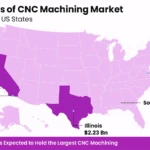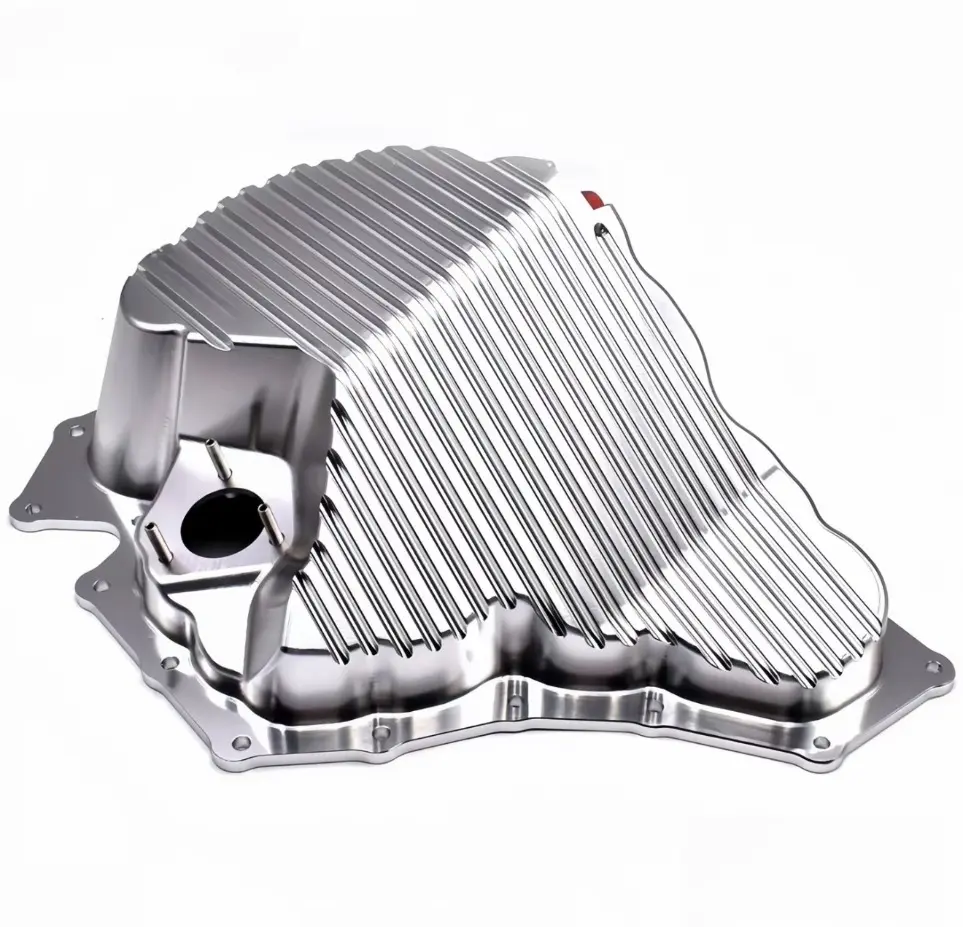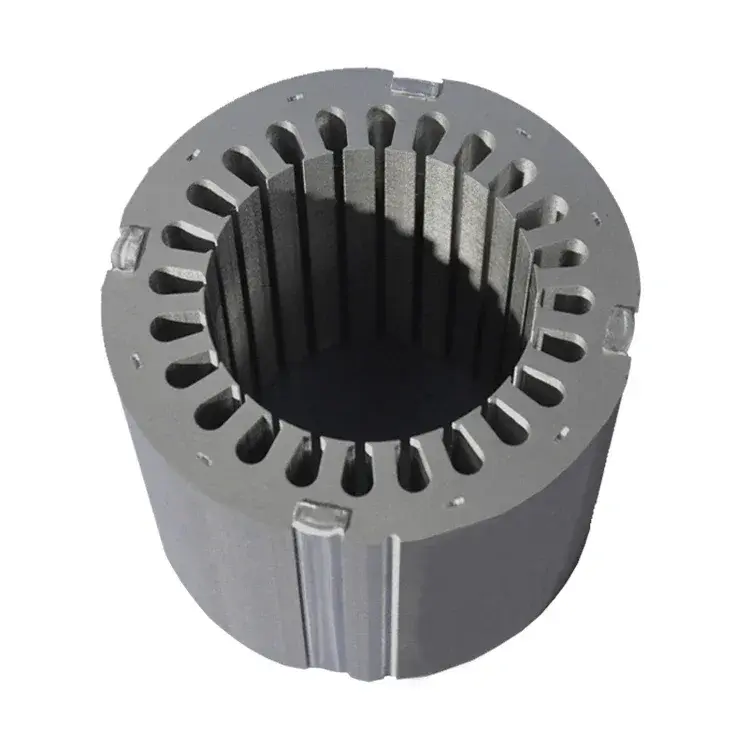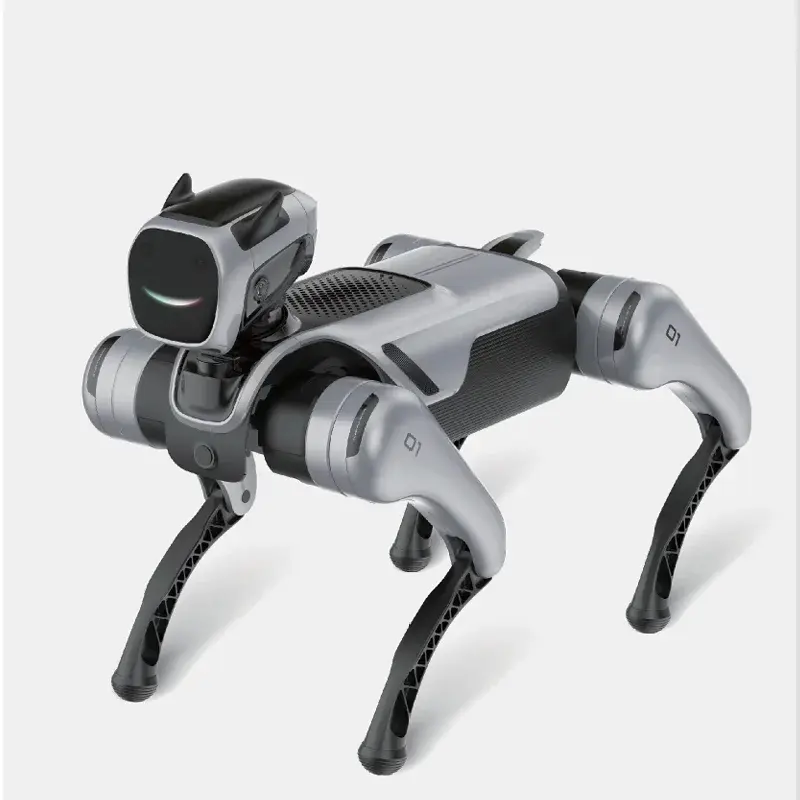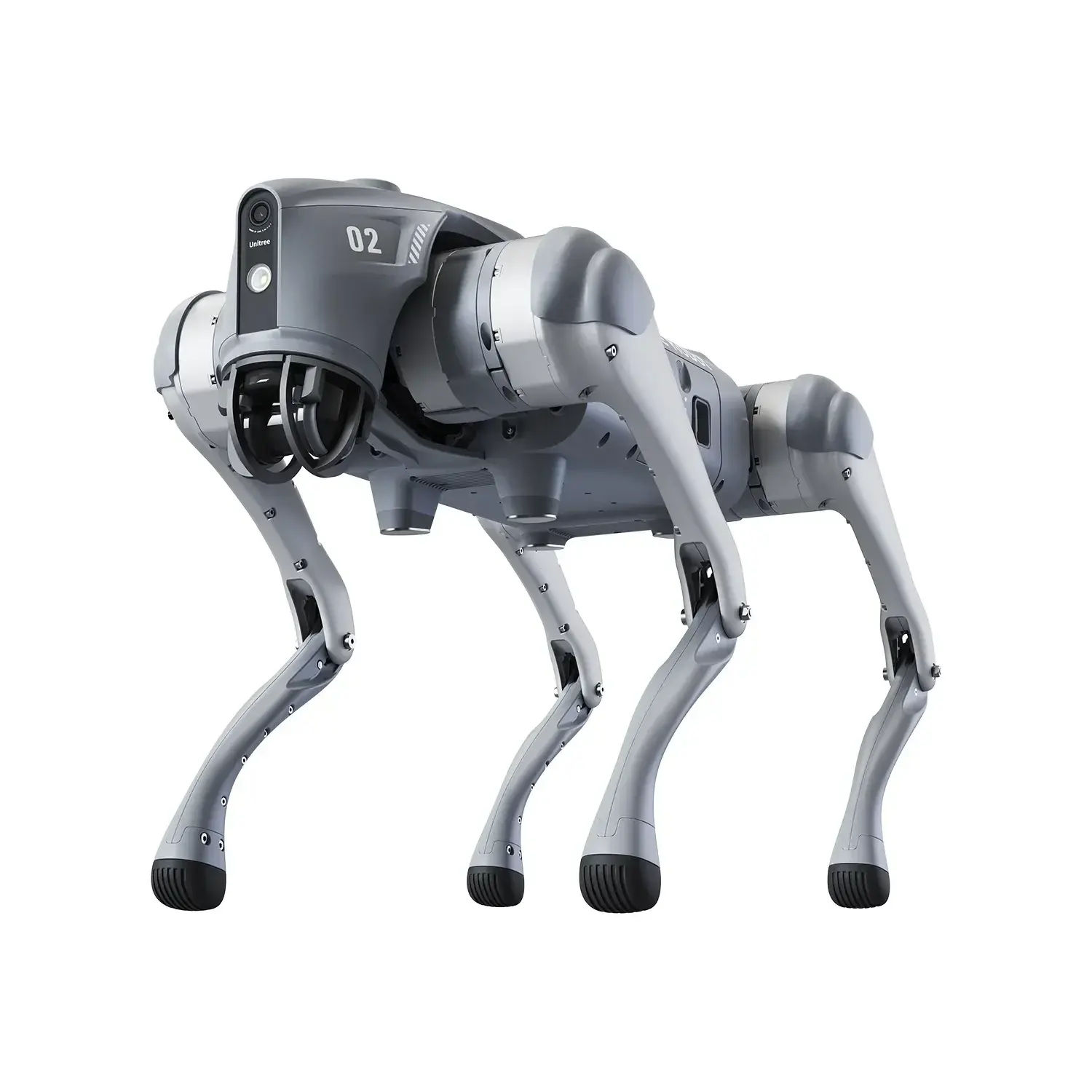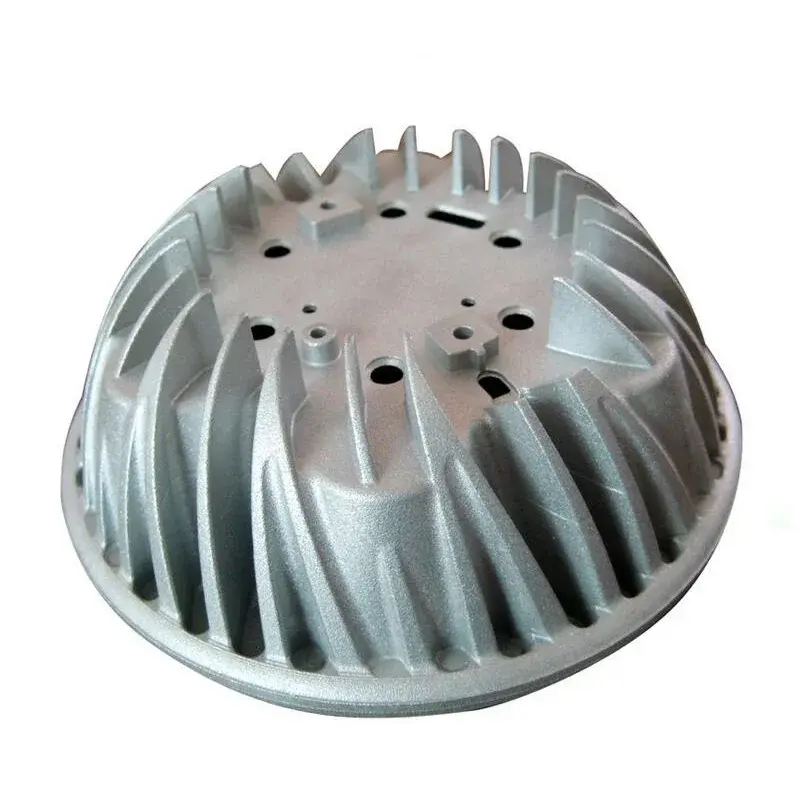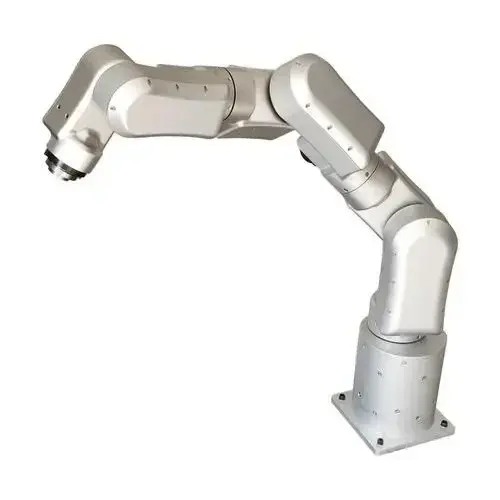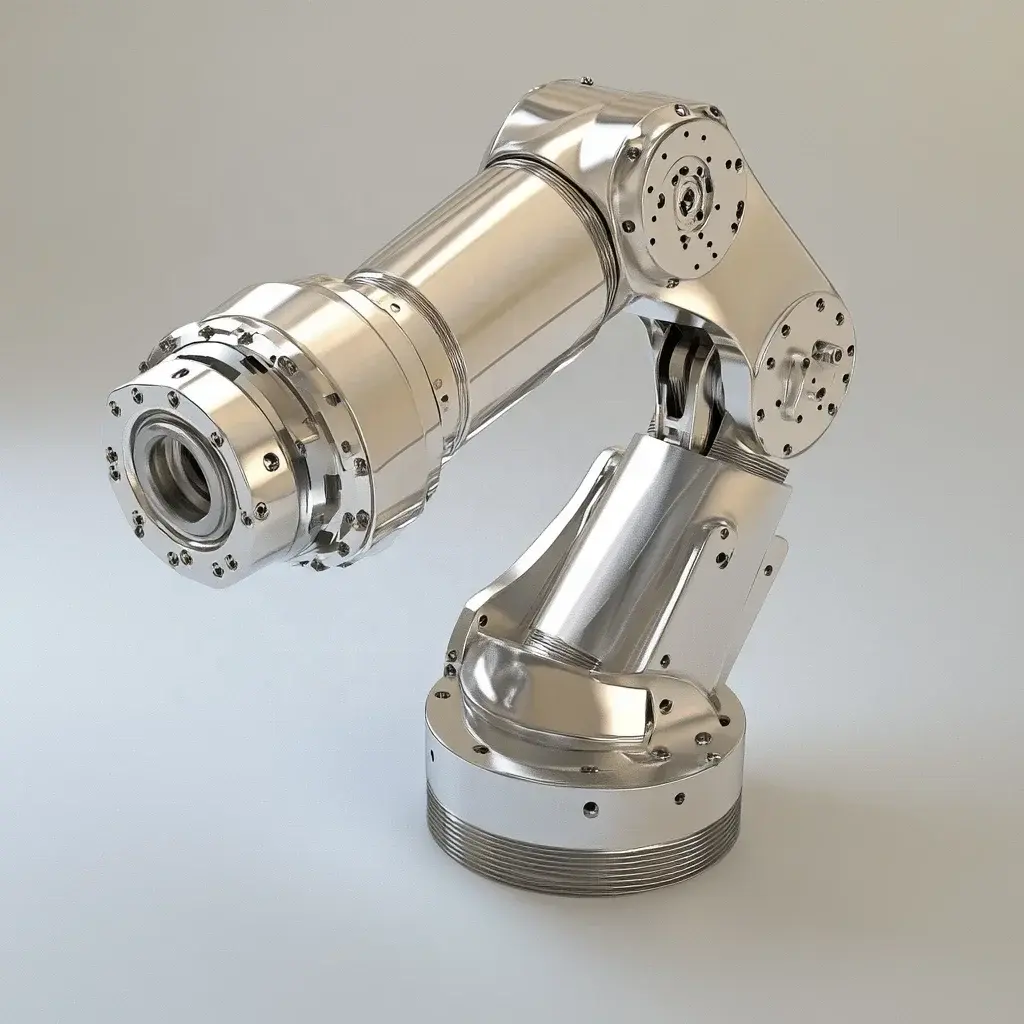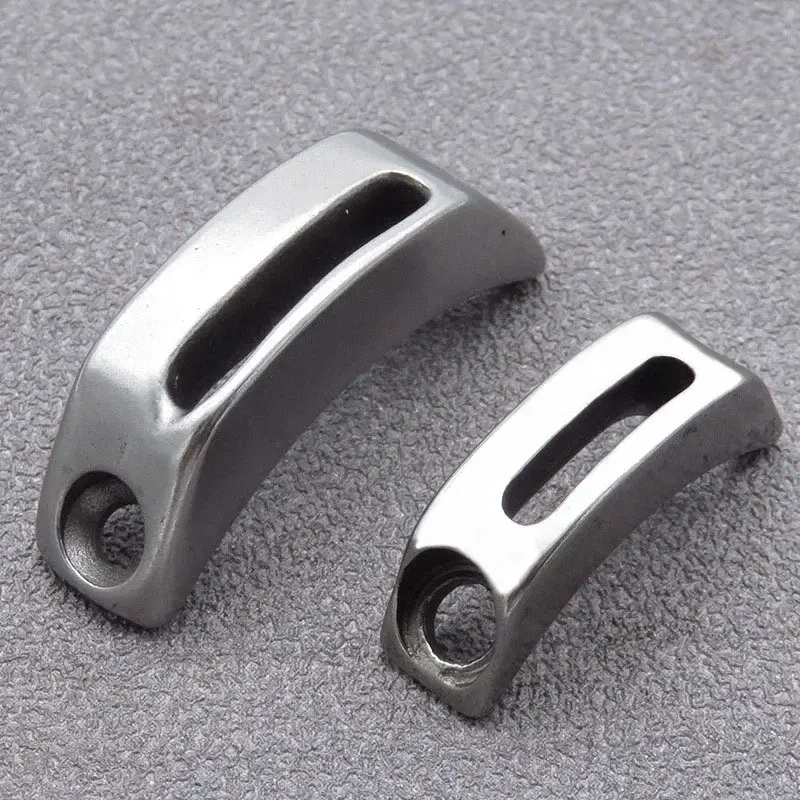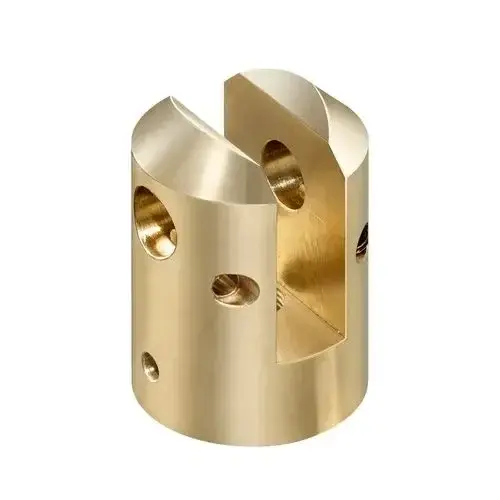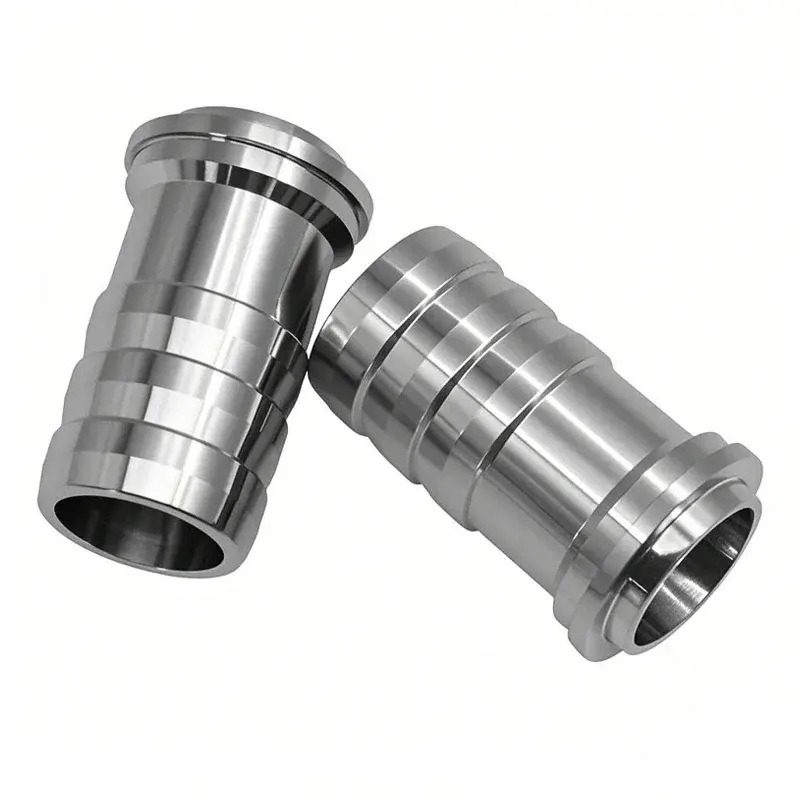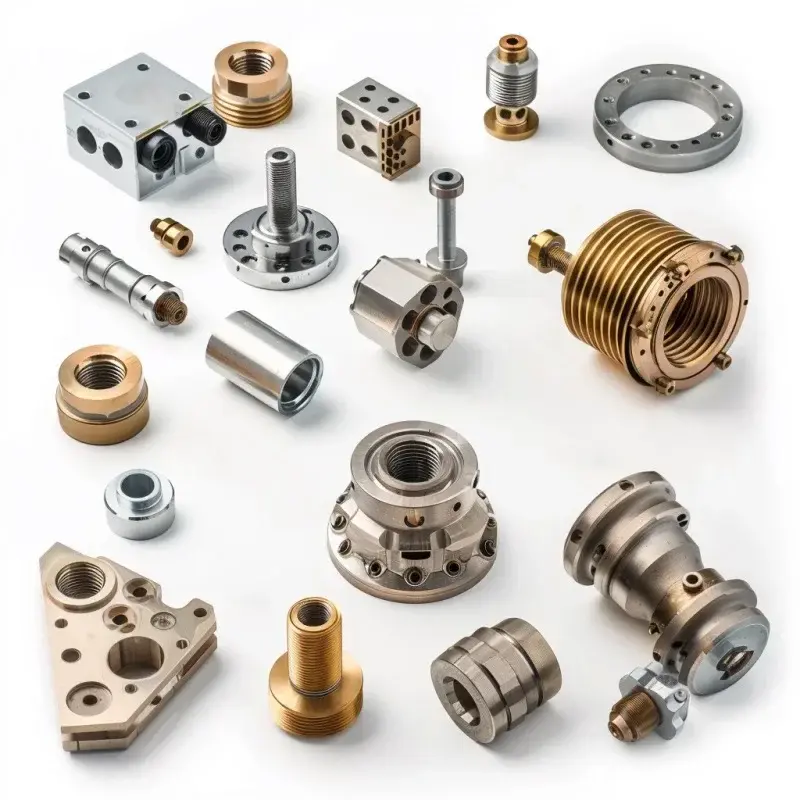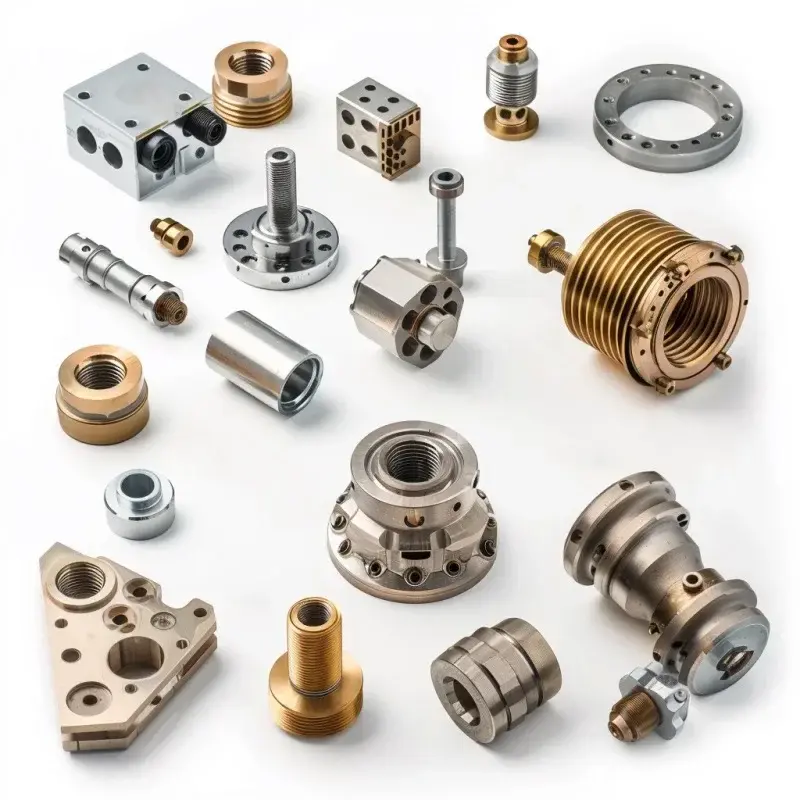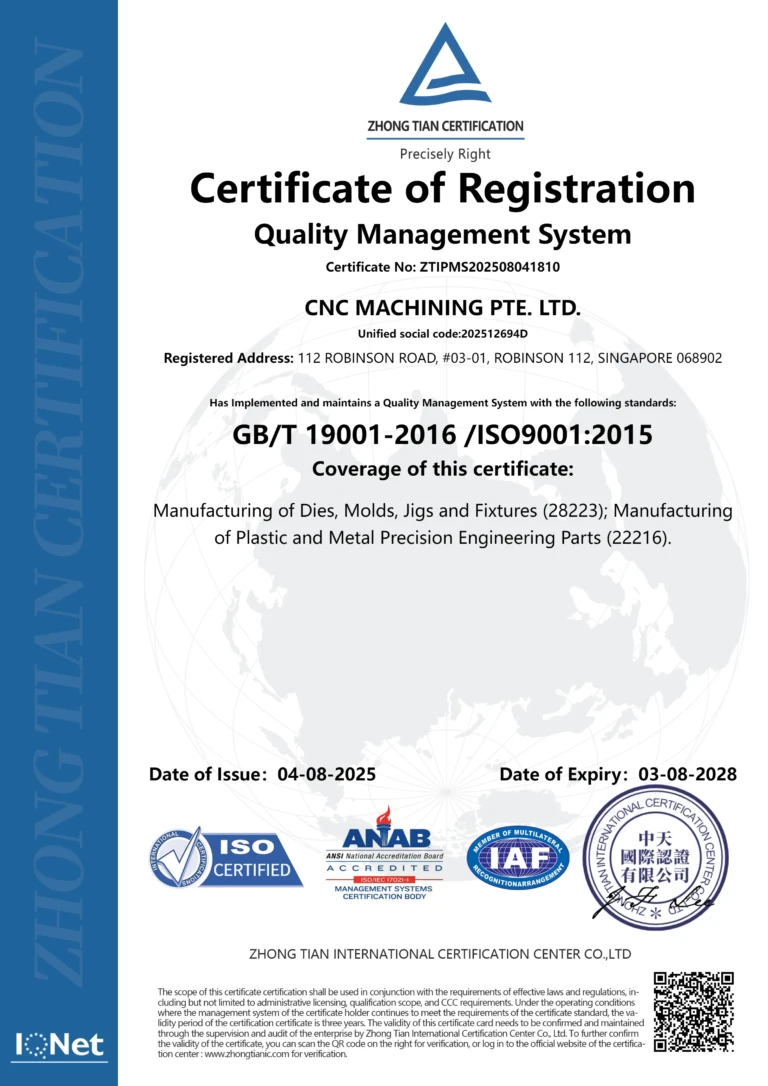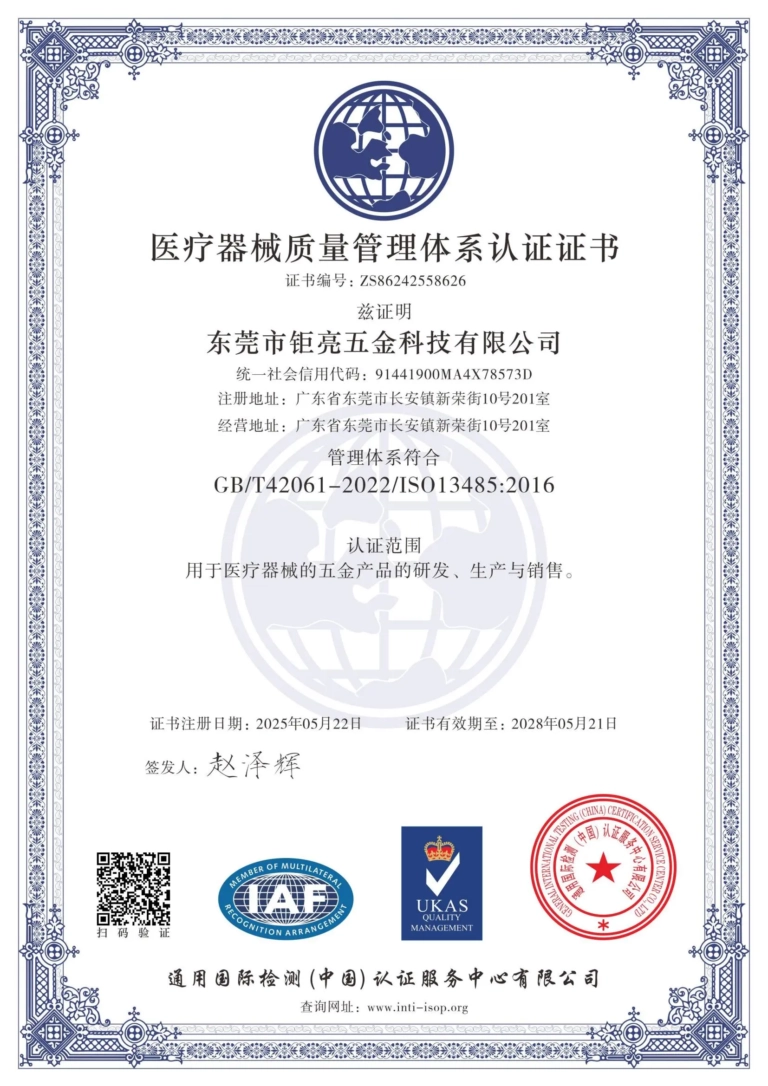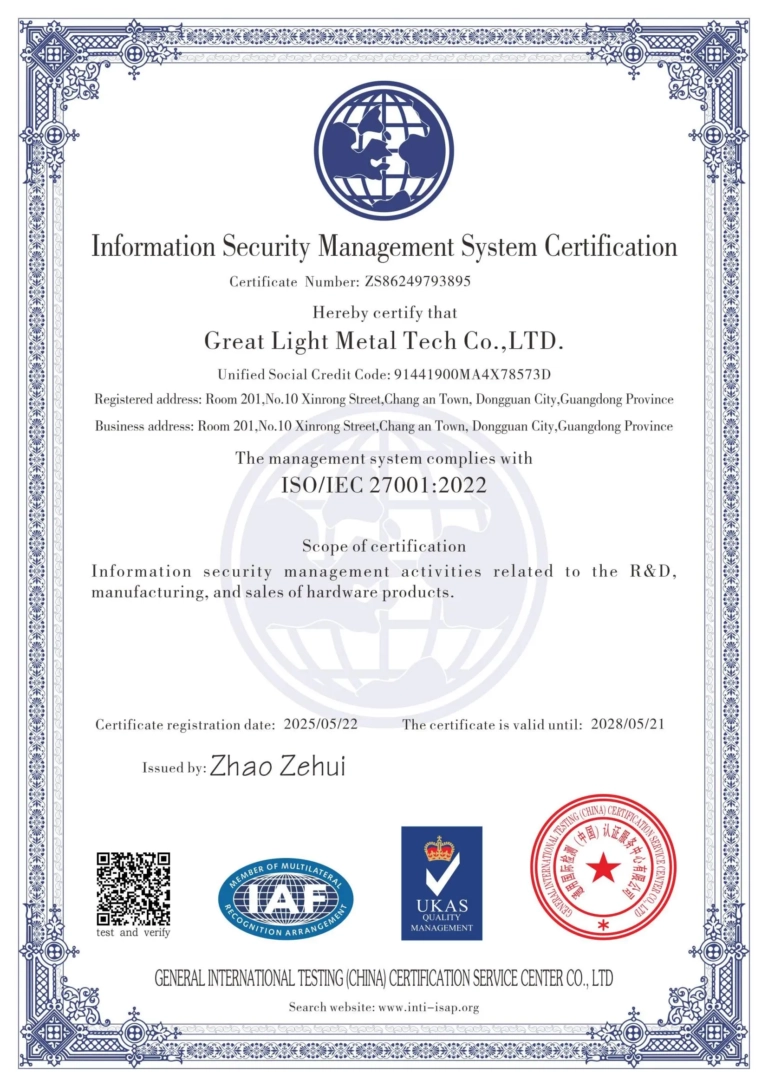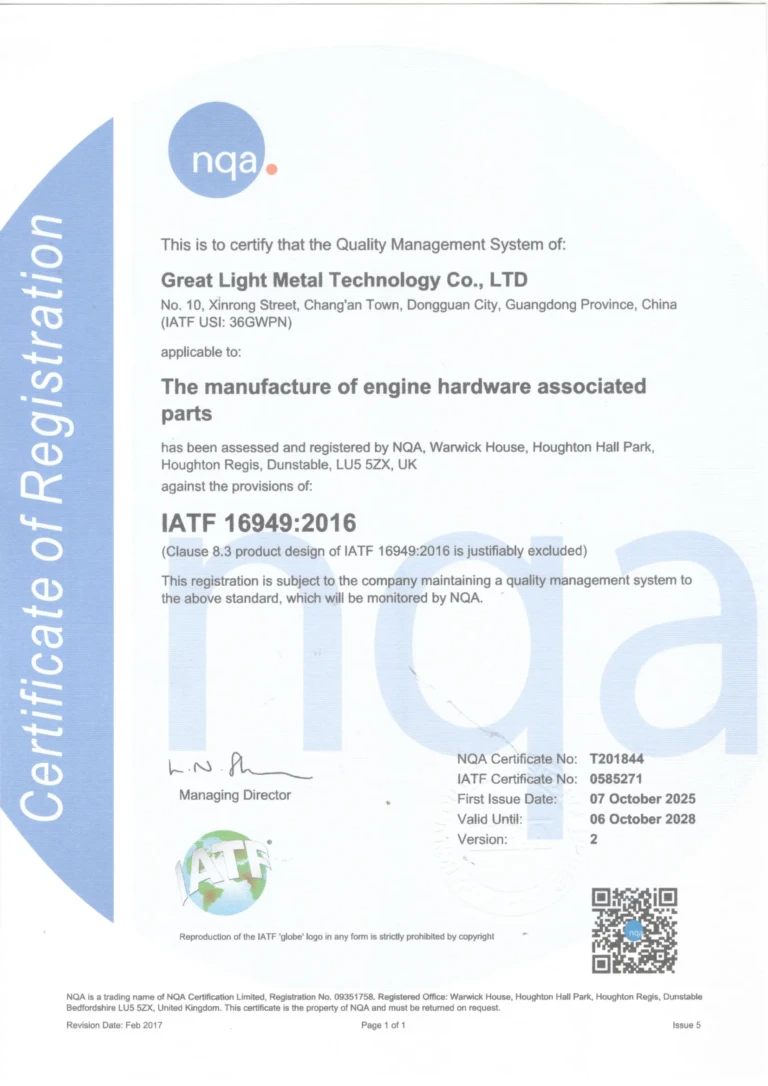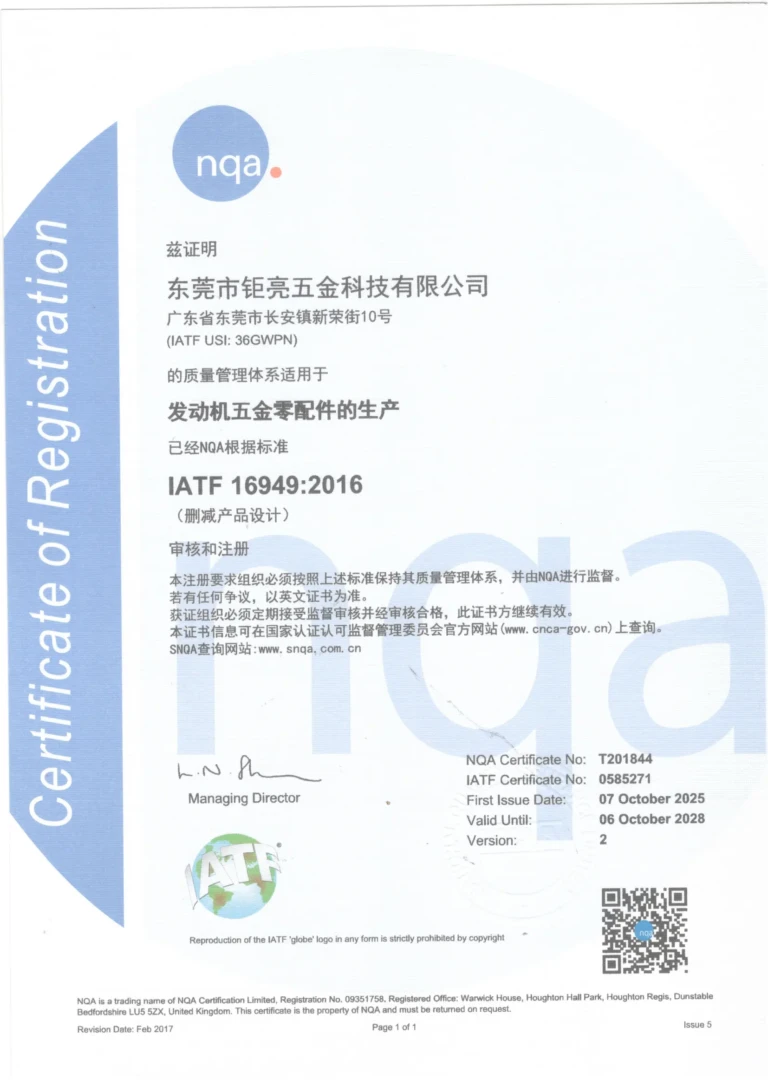Embracing the future of wearables: How 3D printed gloves are redefining flexibility and functionality
Imagine having a glove that perfectly fits every contour of your hand, provides enhanced strength or dexterity for specialized tasks, monitors your vital signs in real time, and even integrates seamlessly with augmented reality systems. This is not science fiction, but a reality where 3D printed gloves are rapidly developing. Powered by breakthroughs in additive manufacturing, these gloves represent a fusion of design freedom, materials science and functional innovation. While attention has focused on flexible polymers and biocompatible resins, its integration Metal 3D printing Bringing unprecedented durability, precision and smart functionality to these next-generation wearables. Let’s explore how this technology is reshaping the industry and why advanced metal components are essential.
What are 3D printed gloves and why are they important?
3D printed gloves are custom-designed wearable devices manufactured layer by layer using additive manufacturing technology. Unlike traditional gloves, they transcend the limitations of off-the-shelf sizes and materials. Instead, they can be:
- Personalized customization: Uses 3D scanning of the user’s hand to achieve perfect ergonomics, reducing fatigue and improving performance.
- Multi-material mixing: Combining flexible polymers with rigid polymers, composites or – importantly –Precision metal parts Used for reinforcement.
- Function enhancement: Embedded sensors, ventilation channels or articulated joints for special tasks.
This customization is not just about comfort, it is revolutionizing safety, accessibility and efficiency across industries.
Transformative Applications: Beyond Basic Protection
1. Healthcare and Rehabilitation
- Prosthetic solutions: For amputees, gloves with 3D-printed sockets and titanium connectors ensure secure, lightweight connection points. This minimizes skin irritation and allows functional biomimetic integration.
- Rehabilitation wearables: Gloves with motion sensors (often housed in a 3D-printed metal housing) track a patient’s progress during physical therapy.
- Surgical precision: Antimicrobial, patient-specific gloves with embedded tissue pressure sensors reduce surgeon fatigue and contamination risk.
2. Industrial and Hazardous Environments
- Smart safety equipment: Flame-retardant gloves with embedded thermal sensors alert workers to overheating machinery. Metal braces add structural integrity to the joint without compromising mobility.
- Enhance grip strength: Oil-resistant gloves with 3D printed micro-texture (supported by an aluminum alloy core) increase grip strength by 30-50% in challenging conditions.
3. Sports and Aerospace
- elite athletics: Cycling or hiking gloves use lattice structure titanium inserts to evenly distribute pressure and prevent nerve compression during endurance events.
- Extreme environment protection: Aerospace gloves feature lightweight, heat-resistant nickel alloy for thermal regulation during spacewalks or high-temperature industrial work.
Why metal 3D printing is the backbone of innovation
Although flexible polymers form "skin" Among these gloves, Metal 3D printing— In particular, direct metal laser sintering (DMLS) and selective laser melting (SLM) — provide critical functional infrastructure. Here’s how:
- Microscale structural reinforcement: Titanium or aluminum alloy joints, finger bridges and palm plate add strength where needed without being bulky and preventing tearing in high stress areas.
- Integrated electronics: Micro stainless steel housing protects sensitive sensors and circuitry from moisture, shock and ESD. Conductive metal tracks could even replace wiring for touch or gesture controls.
- Complex, lightweight geometries: Conventional processing cannot produce the lattice structures and internal channels needed for ventilation or fluid flow. Metal 3D printing makes this possible.
- biocompatibility: Implant-grade titanium is ideal for medical gloves in contact with skin or prosthetic limbs, reducing the risk of allergies.
The result? Not only are the gloves smarter and stronger, they’re also more durable – even in extreme conditions.
GreatLight: Your partner in metal-driven wearable innovation
exist huge lightwe focus on transforming visionary designs into practical realities. As a leader in metal 3D printing, we help engineers, researchers and designers push the limits of gloves. Here’s why developers trust us:
- cutting edge technology: Our advanced DMLS/SLM systems utilize aerospace-grade alloys (titanium, Inconel, stainless steel, aluminum) to achieve tolerances within ±0.05mm.
- End-to-end expertise: We handle everything from topology optimization design consultation to precision printing and post-processing including HIP, polishing and biocompatible coatings.
- Speed and scalability: Rapid prototyping for iterative testing followed by low- to mid-volume production—ideal for custom wearables.
- problem solving focus: We address challenges such as thermal management, component integration and weight reduction to ensure your gloves exceed performance expectations.
Whether you’re building an insulated industrial glove or a bionic prototype with sensors, our one-stop shop ensures your metal parts perform flawlessly.
The future of Flex: Where do we go next?
The development of 3D printed gloves is accelerating. Emerging trends such as 4D printing (materials that adapt to stimuli) and artificial intelligence-driven generative design will further blur the lines between accessories and enhancements. But the real leap forward lies in hybrid manufacturing—where polymers, metals and electronics coexist. As the functionality of materials expands, gloves are expected to become thinner, more responsive, and multifunctional (e.g., health monitoring + augmented reality control).
One thing is certain: Metal 3D printing will remain at the core, delivering the reliability and precision these innovations require. For wearable device pioneers, now is the time to integrate this technology.
FAQ: Unpacking 3D Printed Gloves
Q: Are 3D printed gloves durable enough for everyday use?
Absolutely. Advanced polymers like TPU and nylon are tear-resistant, while integrated metal components add structural resilience. Post-processing treatments (e.g. polishing, sealing) can further extend service life.
Q: Is it possible to add metal parts to flexible gloves without discomfort?
Yes! Using technologies such as DMLS, we create ultra-thin, lightweight metal elements (such as 0.2 mm thick titanium inserts) that are contoured to the shape of the hand. Strategic placement ensures flexibility is not compromised.
Q: How expensive are metal-reinforced 3D printed gloves?
Costs vary based on complexity. High-end applications such as aerospace are more expensive, but volume production and design optimization improve affordability. For niche uses such as medical devices, performance ROI often justifies the investment.
Q: Which industries benefit the most from these gloves?
Healthcare (prosthetics, surgery), industrial safety (oil/gas, manufacturing), sports/performance, and defense. Any area that requires customization, enhanced protection or smart features will benefit.
Q: Can GreatLight assist with the entire glove design, not just the metal parts?
While we specialize in metal parts, our engineering team works with your designers to ensure seamless integration with polymer/electronic components. We’ll make sure your concept is manufacturable and practical.
Take a closer look at the next generation of wearables. If your project requires high-precision custom metal parts for gloves or other equipment, huge light Providing solutions from prototype to production. Contact us today to start optimizing your future designs.




